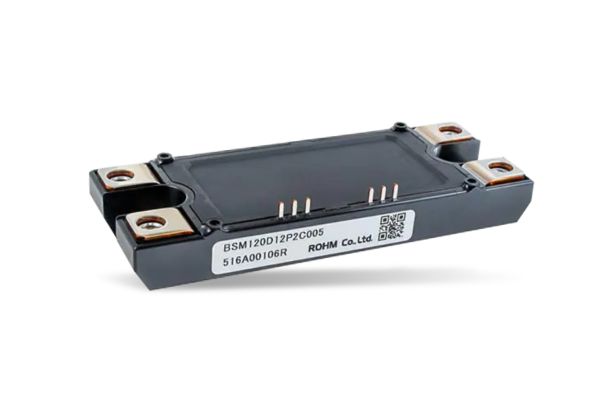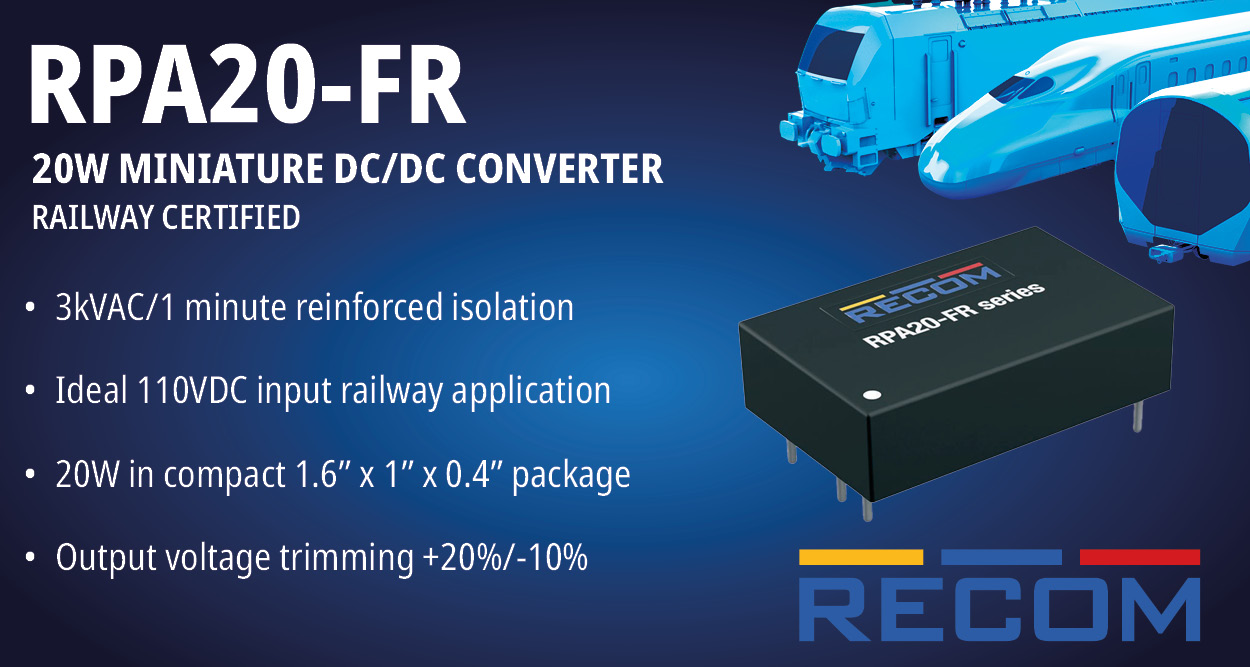The global silicon carbide semiconductor devices market size is exhibited at USD 3.64 billion in 2025 to projected to surpass around USD 24.95 billion by 2034 with a significant of CAGR of 23.83% from 2025 to 2034. surge is fueled by the critical need for high-performance materials that can withstand extreme conditions, a demand that traditional silicon struggles to meet.
The Asia Pacific silicon carbide semiconductor devices market size reached USD 910 million in 2024 with a CAGR of 24.06% from 2025 to 2034. The Asia-Pacific region, led by China, Japan, and South Korea, dominates the market, accounting for the largest revenue share. Europe and North America are also witnessing rapid adoption, driven by strong initiatives in electric mobility and renewable energy integration.
Silicon Carbide: Beyond Silicon’s Limitations
Why the sudden shift towards Silicon Carbide? The answer lies in its superior material properties. Unlike conventional silicon, SiC boasts higher thermal conductivity, greater breakdown voltage, and enhanced efficiency. These attributes enable devices to operate at higher temperatures, frequencies, and voltages, thereby delivering remarkable performance improvements across numerous applications.
From electric vehicles to renewable energy systems and industrial motors, SiC is empowering a new generation of innovations. Electric vehicle (EV) manufacturers, in particular, are embracing SiC to extend driving ranges, reduce energy loss, and enhance overall system efficiency. Solar inverters, wind turbines, data centers, and even aerospace systems are increasingly reliant on SiC’s capabilities.
Industries Driving the Demand for SiC Devices
The demand for Silicon Carbide devices is being propelled by several critical industries. The automotive sector, especially with the rapid adoption of electric and hybrid vehicles, relies heavily on SiC for inverters, onboard chargers, and drivetrain components. Energy and power sectors are increasingly integrating SiC in renewable energy applications like solar and wind power, as well as smart grid systems. In industrial manufacturing, SiC devices play a pivotal role in motor drives, robotics, and automation solutions. The telecommunications industry benefits from SiC’s high-frequency capabilities in 5G networks, while the aerospace and defense sectors use SiC in radar systems, satellite communications, and avionics.
Components and Product Types in Focus
Understanding the Silicon Carbide semiconductor market requires a closer look at its fundamental components and products. SiC discrete devices, such as power modules like Schottky diodes, MOSFETs, and JFETs, are vital for efficient switching applications. Power modules integrate multiple devices into compact designs, offering significant efficiency benefits crucial for EV inverters and renewable energy systems. SiC bare die components cater to advanced packaging technologies, enabling customized high-performance applications. In terms of product types, power semiconductors like MOSFETs and Schottky Barrier Diodes dominate, while optoelectronic devices, including UV photodetectors and LEDs, and RF devices for high-frequency applications in telecommunications, also form essential parts of the market.
Commonly Used SiC Devices
Among the most commonly used SiC devices are MOSFETs, which provide efficient switching at high voltages, and Schottky Barrier Diodes, known for their fast switching speeds and low forward voltage drops. JFETs are also popular for high-power, high-frequency applications. Furthermore, SiC power modules, which combine several devices into a single package, are extensively utilized across various high-efficiency applications, including those in electric vehicles and industrial sectors.
Utilization of SiC Devices in Electric Vehicles
In the realm of electric vehicles, Silicon Carbide devices have revolutionized the design and efficiency of critical components. SiC MOSFETs and power modules are integral to traction inverters, converting the DC power from batteries into AC power needed to drive electric motors. They also enhance the performance of onboard chargers, allowing for faster and more efficient charging processes. Additionally, DC-DC converters within EVs utilize SiC technology to manage power distribution more effectively. By integrating SiC components, EVs benefit from longer driving ranges, faster charging times, lower energy losses, and more compact system designs.
The Titans of the SiC Revolution
As demand accelerates, industry giants such as Infineon Technologies, STMicroelectronics, ON Semiconductor, Wolfspeed, ROHM Semiconductor, and Microchip Technology are leading the charge. These companies are investing heavily in research and development, scaling up manufacturing capacities, and forging strategic partnerships to secure a competitive edge. Initiatives like Wolfspeed’s expansion of its Mohawk Valley Fab and STMicroelectronics’ collaborations to ensure substrate supply highlight the aggressive moves being made to dominate this high-growth sector.
Challenges in SiC Device Manufacturing
While the advantages of Silicon Carbide devices are substantial, manufacturing challenges persist. The hardness and brittleness of SiC material complicate wafer processing, resulting in higher production costs compared to traditional silicon. Moreover, the limited availability of high-quality SiC substrates further constrains mass adoption. High defect densities in SiC crystals can also impact device reliability. Nevertheless, advancements in crystal growth technologies, wafer fabrication techniques, and supply chain integration are gradually overcoming these hurdles, paving the way for broader and more economical deployment.
Gazing into the Future
The future for Silicon Carbide technology is exceedingly promising. As production processes become more efficient and costs decline, SiC devices will become ubiquitous across an expanding range of applications. The global transition towards electrification, renewable energy adoption, and sustainable industrial practices will further solidify SiC’s role as a critical enabler of next-generation systems. Emerging innovations, such as ultra-fast charging stations for electric vehicles, smarter grid infrastructures, and advancements in hydrogen fuel cell technology, are set to open new frontiers for SiC devices.
Silicon Carbide Semiconductor Devices Market Top Companies
- ALLEGRO MICROSYSTEMS, INC.
- Infineon Technologies AG
- ROHM Co., Ltd.
- STMicroelectronics N.V.
- ON SEMICONDUCTOR CORPORATION (on semi)
- WOLFSPEED, INC.
- Gene Sic Semiconductor
- TT Electronics plc.
- Mitsubishi Electric Corporation
- Powerex Inc.
- Toshiba Corporation
- FUJI ELECTRIC CO., LTD.
Source: https://www.precedenceresearch.com/silicon-carbide-semiconductor-devices-market


















